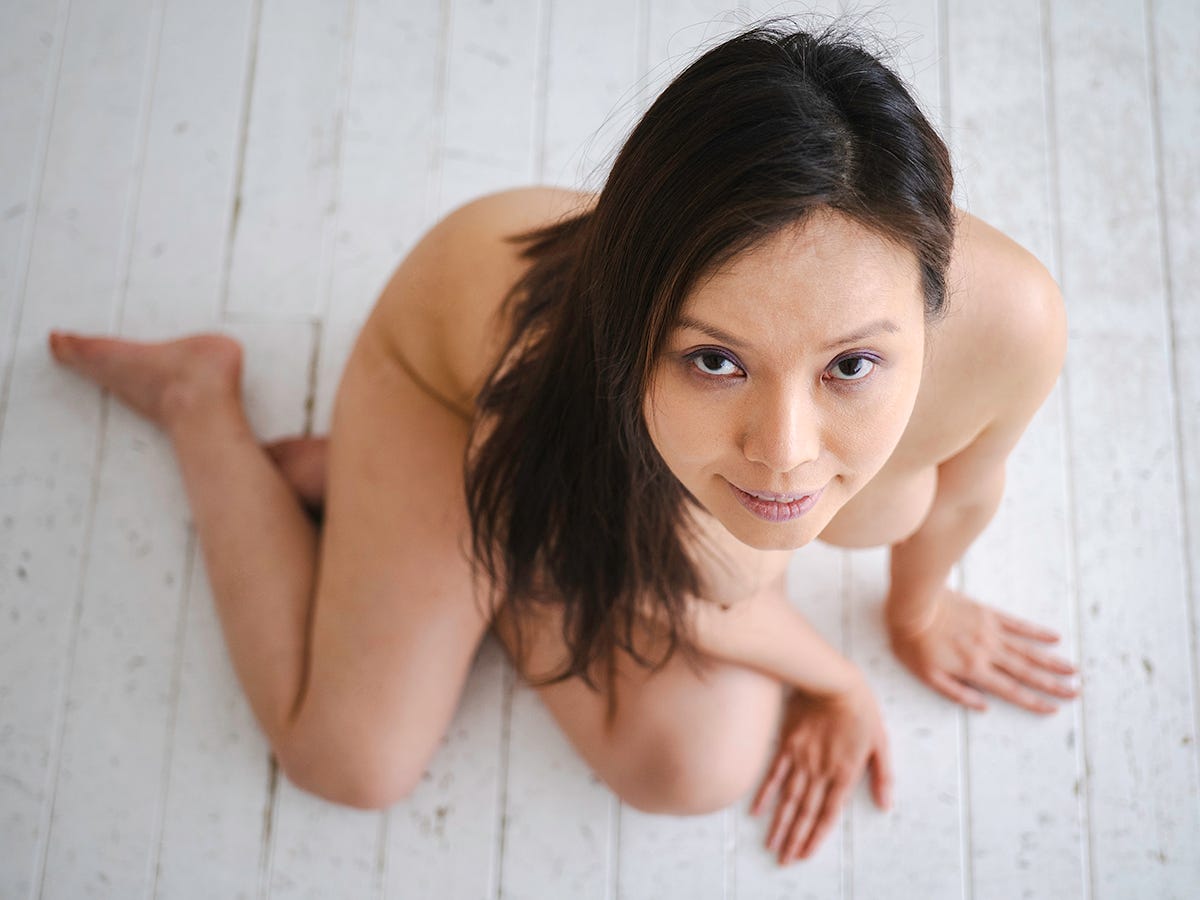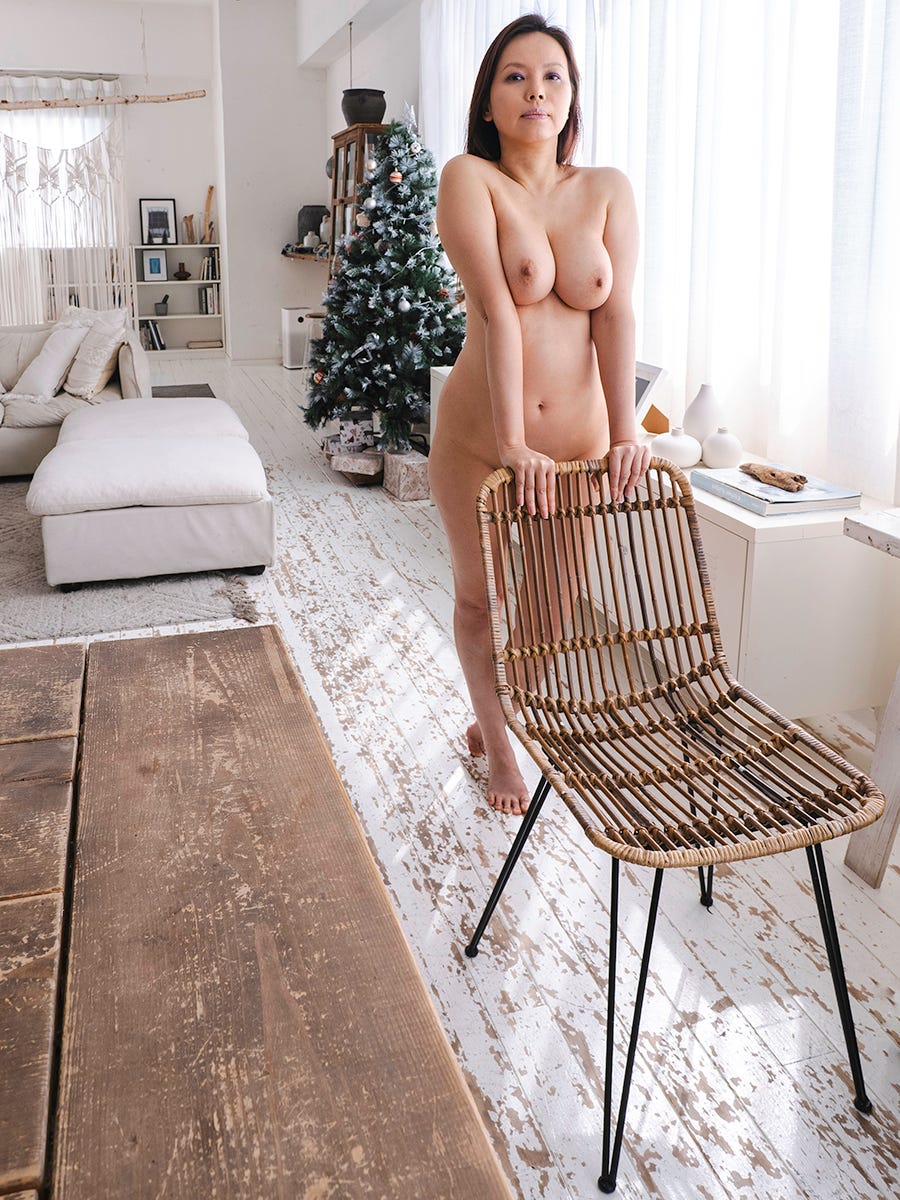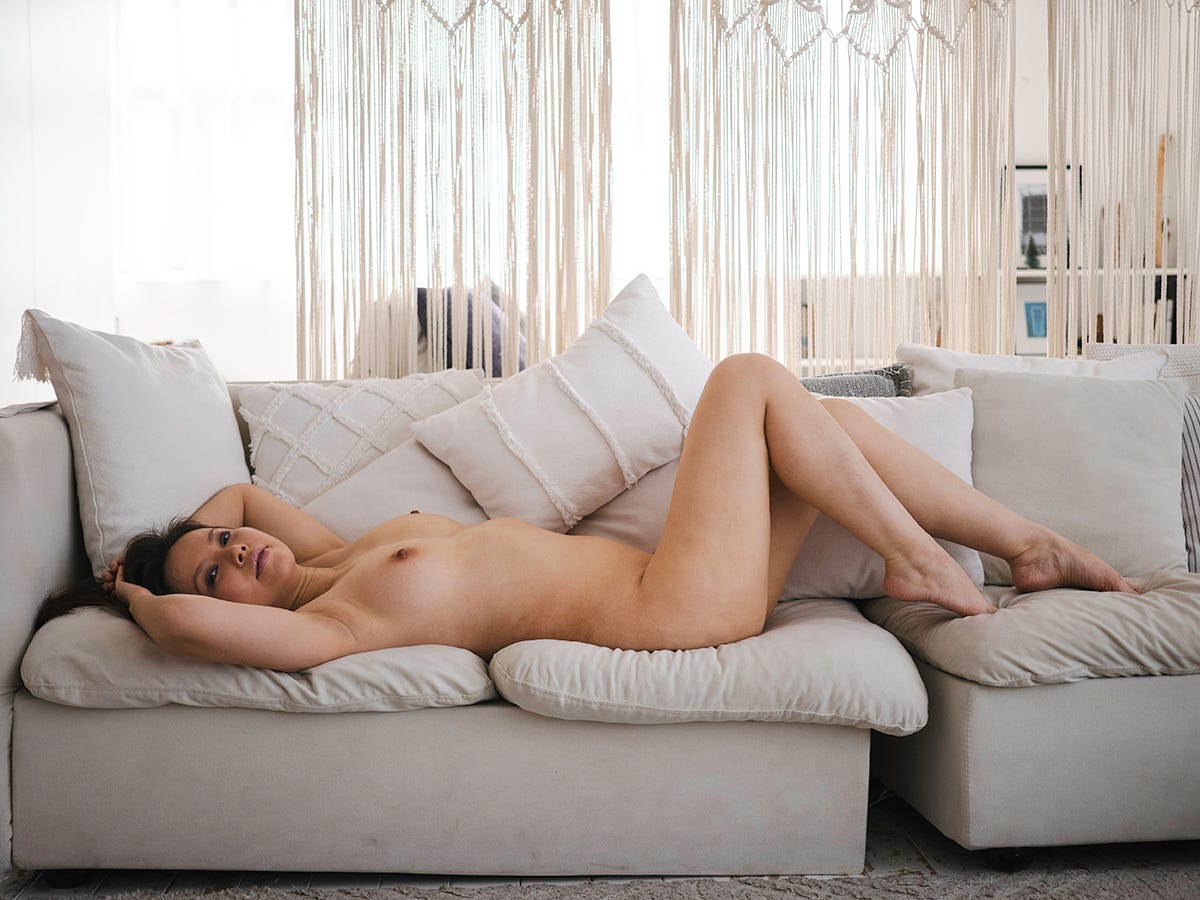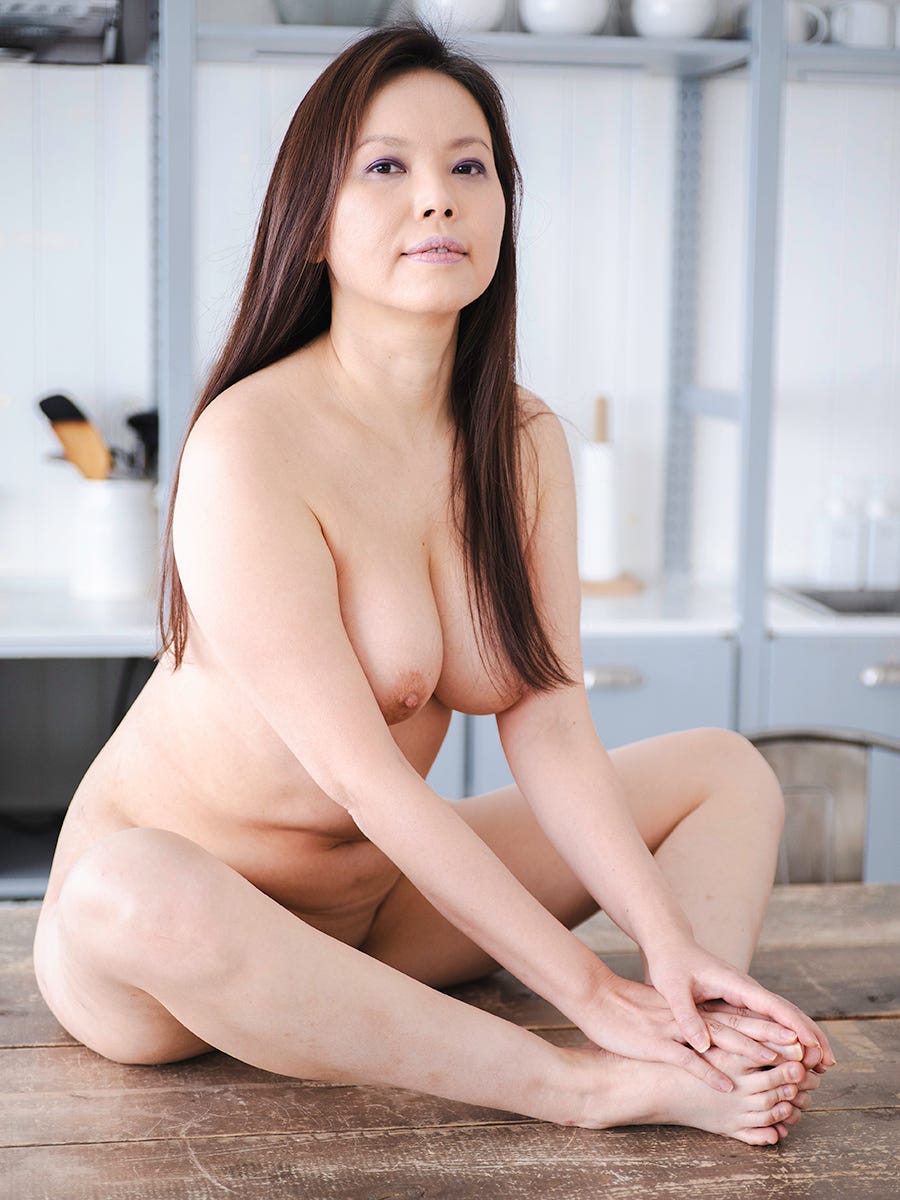My first artistic nude (paid) photo shoot.
The real journey starts here - my first photo set and writeup with a hired art nude model.
I had put it off for long enough. Made plenty of excuses not to do it – I’m not good enough yet, I’ll be too shy, it’ll be a bad experience, I don’t have the time to focus on it… Eventually I ran out of excuses, and the day came. My first commercial nude model shoot. Equal parts anxious and excited, I struggled to sleep the night before. (It also turns out I was coming down with a pretty hefty cold. I guess that didn’t help.)
There’s a much longer story about how I got here, but I’ll unpack all of that another day in the Prose section. I met up with this local Hong Kong model, Angie, at the closest MTR stop to our shooting location, and we walked a few minutes together. We chatted a little bit – I’ve heard it’s important to build a rapport between model and photographer – but we didn’t entirely share a common language. Her English is functional, not fluent, and my Cantonese is as non-existent as all the other palefaces’ in this town.
We walked on, chatting anyway, trying to learn a bit about each other before we got to the venue. Much like Hong Kong itself, Angie has struggled to get back to normal after the pandemic, which effectively made any sort of creative collaborative work impossible for the better part of three years.
Perhaps ten minutes pass before we make it to the venue, which neither of us had ever visited before. I prodded an AI chatbot to spit out a few recommendations for private indoor photography facilities in the city, and this particular event space, which has several rooms themed with different colors, looked promising. I chose the white room for this shoot, mostly because it seemed like the brightest one. I figured the fewer things I needed to worry about during this shoot the better, and a surfeit of natural light precluded any would-be ISO and shutter speed anxieties.
The venue absolutely did not disappoint. It was spacious and bright, exactly as I expected it to be from the photos on the website. It has several distinct shooting locations: an L-shaped couch (and carpeted area just in front of it), a bed, a padded sitting area against the far wall, and a long wooden table with chairs. I booked the room for two hours in the late morning; sunlight streamed through massive windows on two walls – we wanted not for photons on this day.
One thing I’m trying to be more disciplined about is setting the correct white balance when I shoot, especially indoors and/or when I’m shooting people. It’s one of those things that I’ve always known I should be doing but would find excuses not to bother with. “I’ll just fix it in Lightroom,” I absolved myself each time. I’m happy to report that I have changed my ways... sort of. I set the custom white balance on both of my cameras at the start of the shoot, and again at one other time thereafter. In a room with uneven and changing light conditions (for the Earth continues to move, contemptuous of the natural light photographer), this really ought to be done more often than I bothered.
We arrive, and I start to set up while Angie runs a comb through her hair and disrobes. The venue staff have come in and tuned the radio to a local station; neither of us has any strong inclination to change it or turn the thing off, so Cantonese top-40 hits provide the soundtrack to the day’s work. In truth I was so fixated on the job at hand that I didn’t notice the music at all once we began shooting.
The more experienced of the two of us, i.e. the model, doesn’t even wait for a cue and gravitates towards the L-shaped couch. No problem – I’ve overprepared for this shoot and am ready for anything! I’ve got a whole Google Drive folder labeled “Shoot plan” with subfolders for each different location in the venue. I’ve tossed a handful of reference photos for poses into each one so that I’ve got something to work with wherever we go.
The shoot progresses quite naturally between the various areas, one after another. I cue up an image on my phone, show it to the model, and together we try to approximate it. I’ve used this method in previous non-commercial shoots with volunteer models (thank you, my lovelies!) with great success; it’s also much easier for me to work this way when I don’t yet have a massive inventory of poses in my mental rolodex.
There are downsides to this way of managing the shoot, though, and one of them is inefficiency. This kind of one-pose-at-a-time workflow is time-consuming and (by design) stifles the spontaneity of the collaborative process. It works, but I had no trouble filling two hours shooting this way; the last half hour of the session was a little rushed as I prioritized certain shots and locations.
Still, challenges aside, I’m putting this one in the W column. I didn’t clam up or make an idiot of myself, the model was comfortable and doesn’t hate the photos, and if I squint, I can just about see myself having some fun. On to the next one.









Superb
Outstanding set of pictures